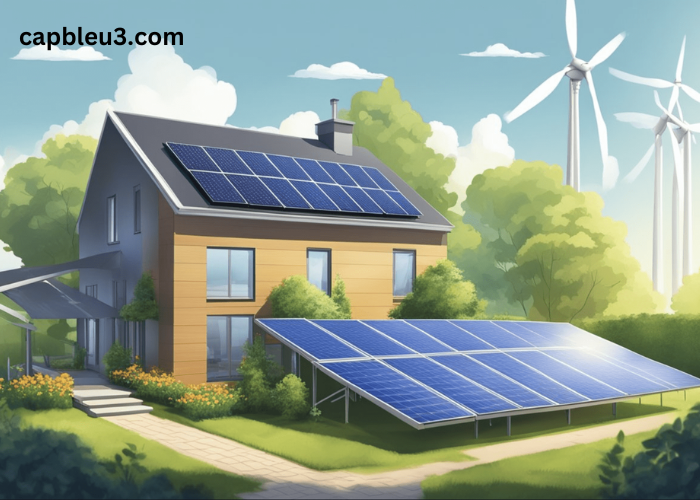
Have you noticed your energy bills skyrocketing during extreme weather conditions? It’s time to weather-proof your home! By adopting smart energy solutions, you can keep your home cozy in the winter and cool in the summer while saving on costs. This guide will walk you through practical steps to optimize your home’s energy efficiency, regardless of where you live. Whether you face harsh winters, blazing summers, or unpredictable weather changes, we’ve got you covered.
Understanding Weather-Proofing
Weather-proofing your home involves making adjustments to better withstand different climate conditions. It’s not just about staying comfortable; it’s also about energy efficiency and cost savings. By sealing gaps, improving insulation, and using energy-efficient appliances, you can significantly reduce energy consumption.
Sealing Air Leaks
Air leaks are sneaky culprits that cause energy loss. They allow conditioned air to escape and uninvited drafts to enter. Check areas like windows, doors, and walls for gaps, and use weather stripping or caulking to seal them. This simple step can make a noticeable difference in your energy bills.
Enhancing Insulation
Insulation is key to maintaining a constant indoor temperature. Without proper insulation, your heating and cooling systems work overtime. Consider adding extra insulation to your attic, walls, and floors. This will create a barrier that keeps the heat in during winter and out during summer.
Smart Thermostats
Smart thermostats are game changers in energy management. They learn your habits and adjust the temperature automatically, ensuring comfort without unnecessary energy use. By using a smart thermostat, you can create schedules that align with your lifestyle and save on energy bills.
Solar Panels for Energy Independence
Harnessing solar energy can be a game-changer, especially in sunny regions like Utah. Solar panels convert sunlight into electricity, reducing reliance on traditional power grids. By going solar, you not only decrease your carbon footprint but also gain energy independence and long-term savings.
Efficient Windows
Windows play a significant role in energy loss. Double-glazed or energy-efficient windows prevent heat transfer, keeping your home at a stable temperature. Consider upgrading your windows if they’re outdated, and don’t forget to seal any gaps around them.
Energy-Efficient Appliances
Appliances contribute significantly to your energy consumption. Invest in energy-efficient models that consume less power without compromising performance. Look for the ENERGY STAR label when purchasing new appliances to ensure you’re choosing items that meet high energy efficiency standards.
Landscaping for Climate Control
Believe it or not, your landscaping choices can impact your home’s energy efficiency. Plant trees strategically to provide shade in the summer and windbreaks in the winter. This natural barrier reduces the workload on your HVAC system, leading to energy savings.
Water Heating Solutions
Water heating is often overlooked when considering energy efficiency. Opt for tankless water heaters or solar water heating systems. These options provide hot water on demand without the constant energy drain of traditional water heaters.
Building Materials Matter
Your choice of building materials affects your home’s energy performance. Opt for materials with good thermal mass, like brick or concrete, which absorb and release heat slowly. This helps maintain a stable indoor temperature regardless of external weather conditions.
Ventilation for Fresh Air
Proper ventilation is crucial for indoor air quality and energy efficiency. Use exhaust fans in kitchens and bathrooms to remove moisture and odors. Ensure your home is well-ventilated to prevent mold growth and maintain a comfortable environment.
Conducting an Energy Audit
An energy audit identifies areas where your home is losing energy. Hire a professional or use DIY tools to pinpoint problem areas. Addressing issues highlighted in the audit ensures your home is as energy-efficient as possible.
Conclusion
Weather-proofing your home isn’t just about surviving extreme climates; it’s about thriving in them. By implementing these energy solutions, you can enjoy a comfortable home year-round while cutting down on expenses. Start by sealing air leaks, enhancing insulation, and exploring renewable energy options like solar energy in Utah. With these steps, you’ll not only protect your home from the elements but also contribute to a sustainable future.